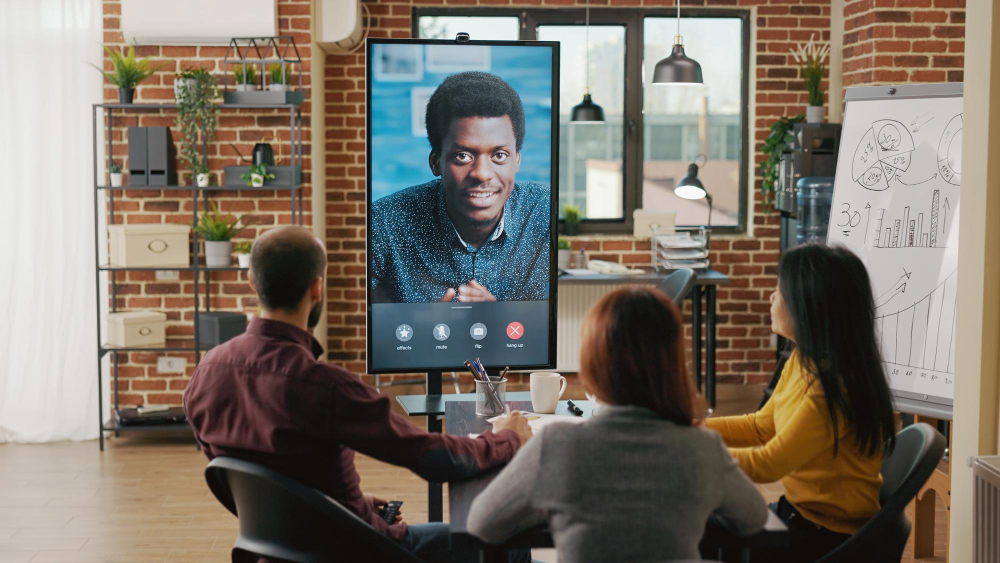Empowering Engagement: Transforming Audience Roles in Virtual Events
 Prakash Gupta
Prakash Gupta
The era of virtual events has shifted the paradigm of audience participation, evolving from passive consumption to active engagement. As we explore this transformative journey, the integration of a 3D virtual platform and a webcasting platform emerges as a dynamic duo, redefining the way audiences interact and participate in the digital realm.
In the past, virtual events often mirrored traditional conferences, with attendees playing the role of passive spectators consuming content through a screen. However, the advent of 3D virtual platforms has ushered in a new era where participants become active contributors within a virtual space. These platforms go beyond the flat, two-dimensional interfaces, offering an immersive environment that mirrors physical interaction. In this three-dimensional landscape, attendees can navigate virtual spaces, interact with dynamic content, and engage with fellow participants in a way that transcends the limitations of traditional online events.
Pairing the 3D virtual platform with a webcasting platform enhances the overall experience by seamlessly integrating live broadcasts and on-demand content. A webcasting platform serves as the conduit for delivering high-quality video streams, ensuring that the virtual component of the event is accessible and engaging. Together, these platforms empower organizers to craft an interactive and dynamic environment where participants move beyond mere observers to active participants in the event experience.
One of the key aspects of redefining audience roles in virtual events is fostering collaboration and networking. In a 3D virtual environment, participants can engage in real-time conversations with each other through avatars, attend virtual breakout sessions, and participate in collaborative activities. This level of interactivity transforms the audience from passive listeners to active contributors, creating a sense of connection and community within the virtual space.
Moreover, the webcasting platform facilitates seamless live streaming, ensuring that keynote sessions, panel discussions, and presentations reach a global audience in real-time. This integration allows participants to actively engage with content, ask questions, and participate in discussions, breaking down the barriers of physical distance. The combination of the 3D virtual platform and the webcasting platform ensures that virtual attendees have the same opportunities for engagement as their in-person counterparts.
Redefining audience roles in virtual events also involves incorporating gamification elements to encourage active participation. Whether it's virtual scavenger hunts, interactive polls, or gamified quizzes, these elements transform the audience into active participants, fostering a sense of excitement and competition. The 3D virtual platform provides the perfect canvas for incorporating gamification, creating an immersive and visually appealing environment that enhances the overall participant experience.
Furthermore, the shift towards active participation extends to content creation. Virtual events now provide opportunities for attendees to showcase their expertise, share insights, and actively contribute to the event's narrative. Attendees can participate in user-generated content sessions, submit questions, and even present their own perspectives through virtual showcases. This democratization of content creation transforms attendees into contributors, enriching the overall event with diverse insights and perspectives.
The integration of the 3D virtual platform and the webcasting platform not only redefines audience roles during live events but also extends the engagement beyond the scheduled sessions. Attendees can access on-demand content, revisit virtual spaces, and continue networking in the virtual environment post-event. This extended engagement ensures that the impact of the event lingers, creating a lasting impression and fostering an ongoing sense of community among participants.
In conclusion, the transformation from passive consumption to active participation in virtual events is propelled by the strategic integration of a 3D virtual platform and a webcasting platform. These technologies work in tandem to create an immersive, interactive, and dynamic environment where attendees move beyond being passive observers to active contributors. As virtual events continue to evolve, this shift in audience roles ensures that participants are not just consumers of content but integral contributors to the vibrant tapestry of the digital event experience.
Subscribe to my newsletter
Read articles from Prakash Gupta directly inside your inbox. Subscribe to the newsletter, and don't miss out.
Written by
